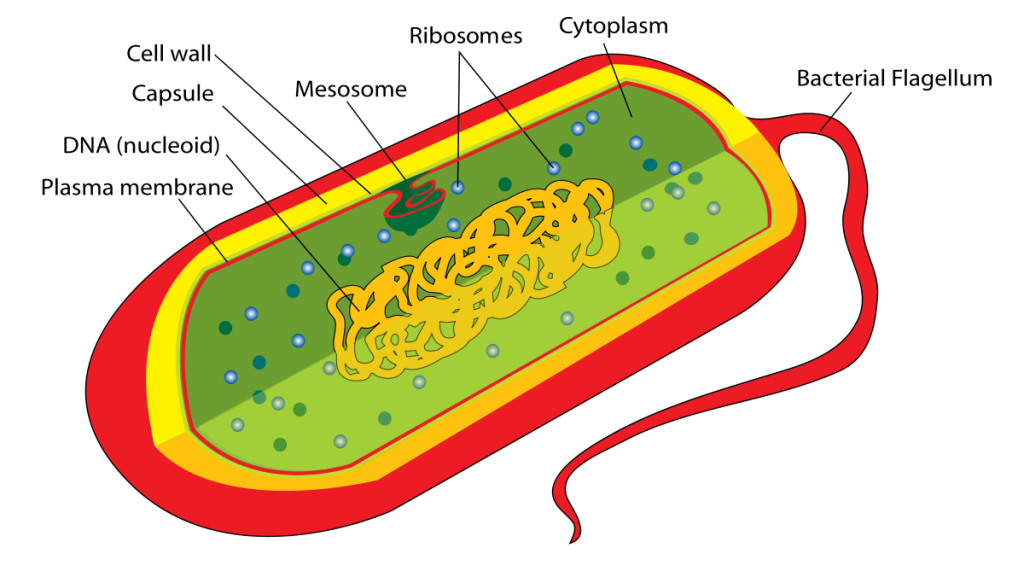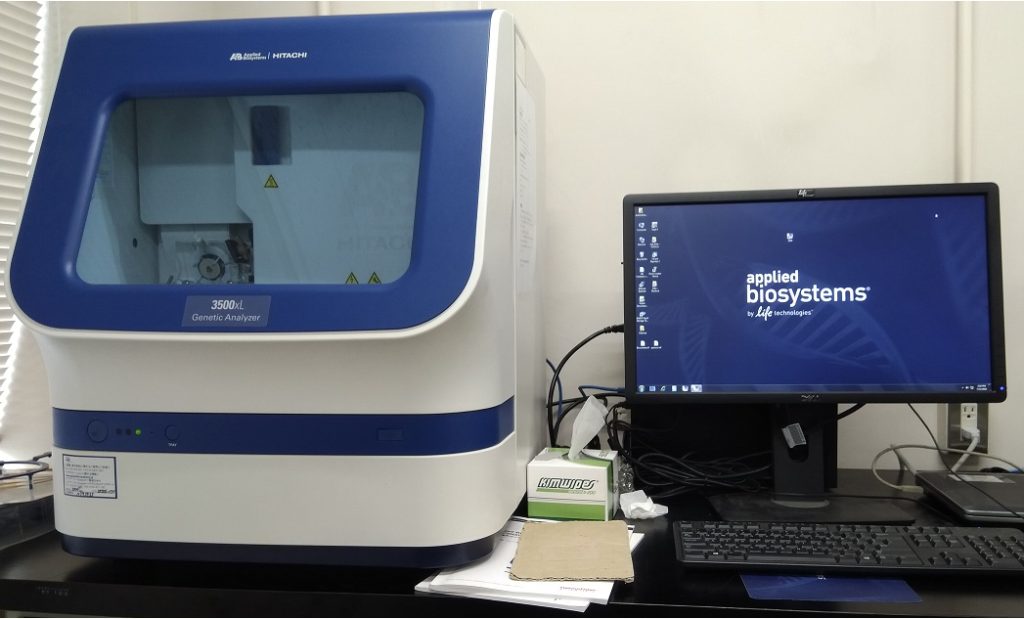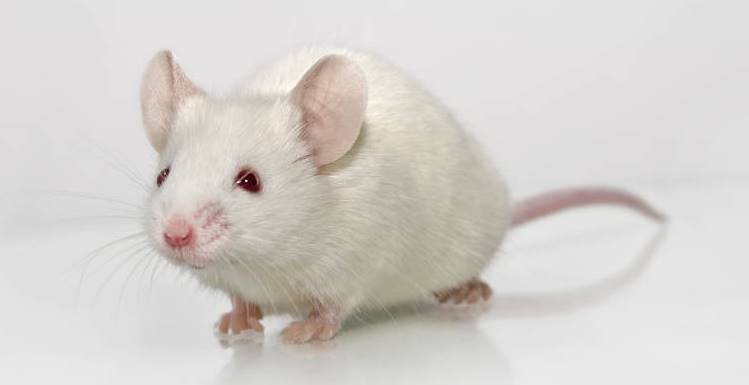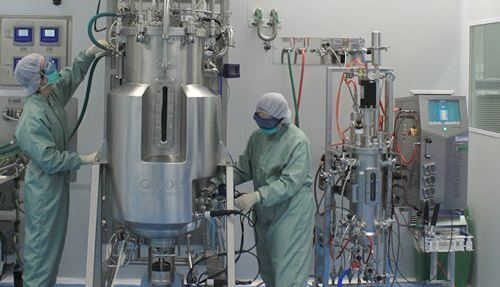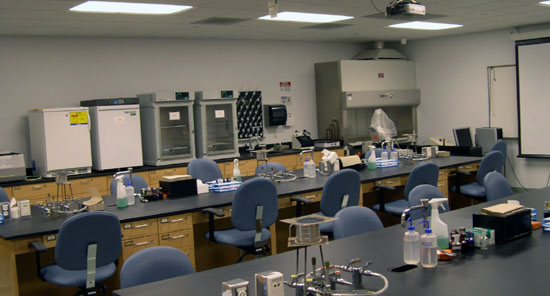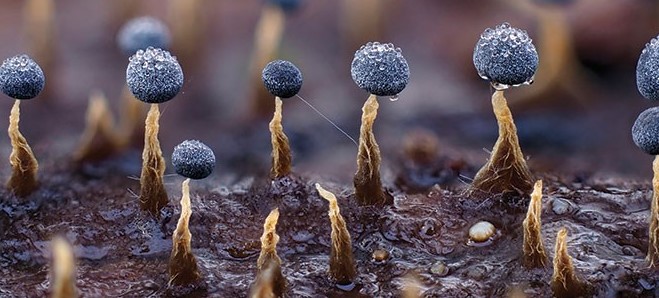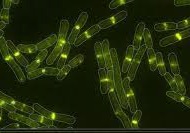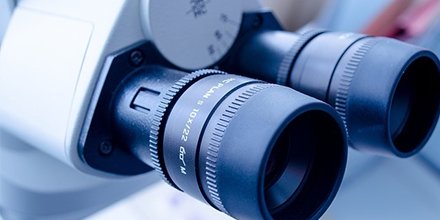PROKARYOTIC CELLS
Prokaryotic cells are microbial cells that have chromosomes that are not separated from the cytoplasm by a membrane. Prokaryotic cells are different from eukaryotic cells. They are cells that lack a nucleus and other membrane-enclosed organelles like mitochondrion and chloroplast et cetera. Thus everything inside the cell of a prokaryote is openly accessible within the […]

